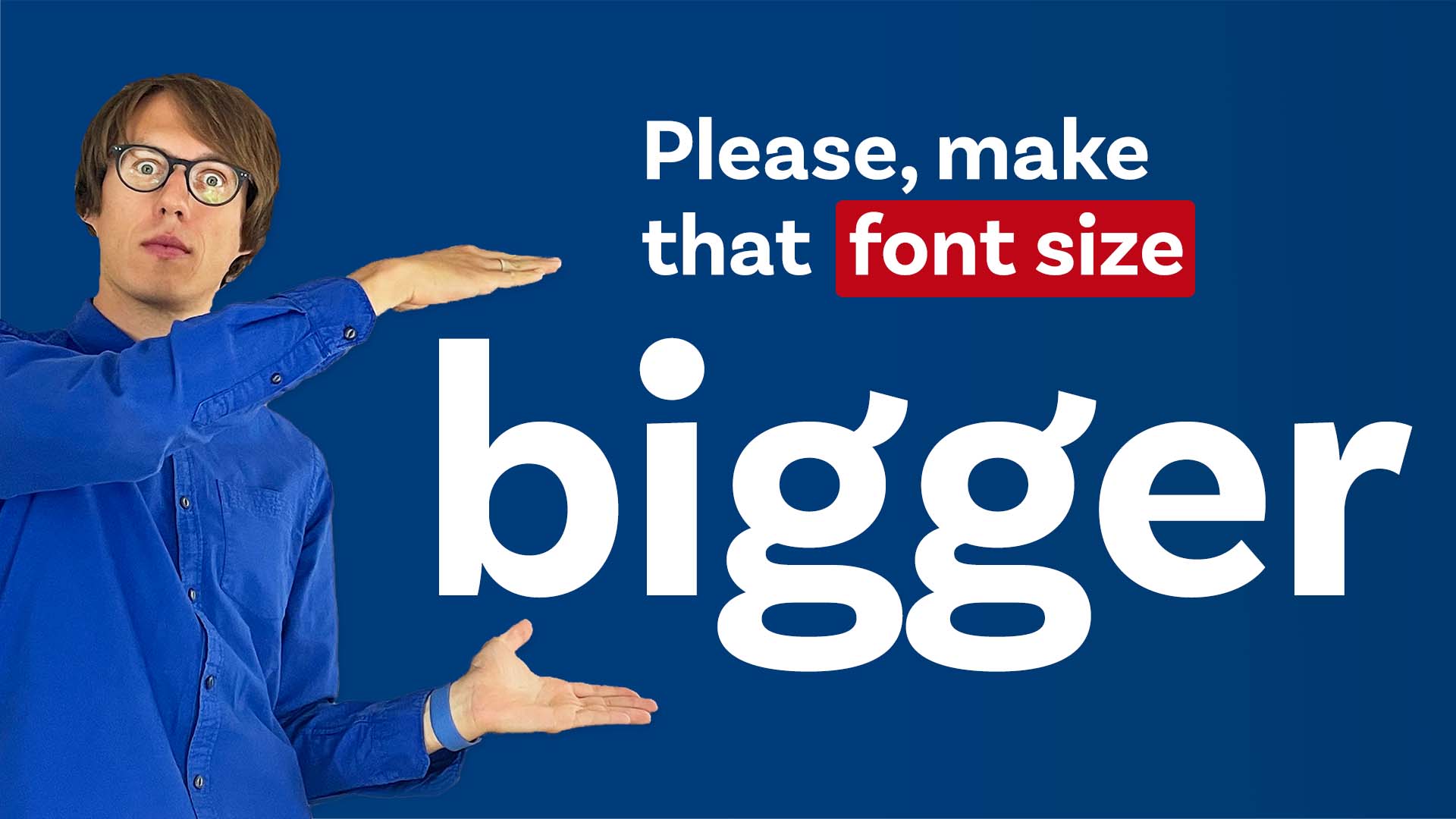What Subjects are Needed for Web Designing?
Introduction
Web design is a fascinating profession that combines creativity and technological expertise to produce visually appealing and user-friendly websites. Having a solid foundation in particular disciplines is vital whether you are considering a career in web design or looking to improve your skills. In this post, we will look at the essential subjects for web design and how they contribute to the creation of great websites. What subjects are needed for web designing?

1. HTML (Hypertext Markup Language)
HTML is the foundation of web design. It is a markup language used to structure web page content and layout. Understanding HTML is essential for web designers because it provides structure and semantic meaning to the items on a website. HTML allows you to define headings, paragraphs, photos, links, and other website elements.
Key concepts in HTML:
HTML tags are used to specify elements. These tags, which are contained in angle brackets (>), advise the browser on how to render the content.
Elements: HTML elements are opening and closing tags that contain content. For instance, p>…/p> denotes a paragraph element.
HTML attributes are used to convey additional information about an element. They are added within the opening tag and affect the element’s behaviour or look.
2. CSS (Cascading Style Sheets)
CSS is a styling language that works in conjunction with HTML. It gives site designers complete control over a webpage’s visual presentation, including layout, colours, fonts, and animations. CSS separates content from presentation, making it easier to maintain and change a website’s design.

Key concepts in CSS:
CSS selectors allow you to target certain HTML components on a webpage. Styles can be applied to individual elements, groups of elements, or all elements of a specific type. For diverse web designs gippsland see here.
CSS attributes establish the visual qualities of the items that have been selected. They include font-size, colour, margin, padding, and many other options.
CSS is ordered in a cascading fashion, which implies that styles can be inherited from parent elements and overridden by more specific styles.
3. JavaScript
JavaScript is a programming language that allows websites to have interactive and dynamic features. It allows web designers to develop interactive forms, validate client-side, apply animations, and handle user interactions. JavaScript is a prominent web development language that serves as the foundation for several popular web frameworks and tools.
Key concepts in JavaScript:
Variables and Data Types: Variables are used in JavaScript to store and modify data. It supports a wide range of data types, including strings, numbers, booleans, arrays, and objects.
Functions are reusable chunks of code that carry out certain tasks. They let site designers to organise their code and trigger certain actions.
Manipulation of the Document Object Model (DOM): The Document Object Model (DOM) represents the structure of an HTML document. JavaScript has the ability to edit the DOM, allowing site designers to dynamically change elements, update content, or respond to user activities.
4. User Experience (UX) Design
User Experience (UX) design is concerned with developing websites that are easy to use, efficient, and pleasant. Understanding user behaviour, doing research, and designing interfaces that fit the demands of the target audience are all part of the process. UX design is important in web design since it ensures that the website offers a positive and engaging user experience.
Key concepts in UX design:
User research is gaining an understanding of a user’s wants, goals, and behaviours using approaches such as interviews, questionnaires, and usability testing.
Information Architecture: The process of organising and arranging a website’s material such that it is easily navigable and findable by users.
Wireframing and prototyping: Creating visual representations of the layout and functionality of the website in order to test and iterate the design.
Usability and Accessibility: Creating websites that are simple to use for all users, including those with disabilities, and ensuring that the material is visible and accessible.
Interaction Design: The process of defining how users interact with website features such as buttons, menus, forms, and other interactive components.

5. Graphic Design
Web designers benefit from graphic design skills since they help to create visually appealing and aesthetically acceptable websites. Understanding graphic design principles aids in the creation of interesting layouts, the selection of acceptable colour schemes, and the effective use of typography. https://www.dynamicwebdesign.com.au/our-services/webshop-design/
Key concepts in graphic design:
Layout and composition are the processes of arranging items on a webpage to achieve balance, hierarchy, and visual flow.
Colour Theory is the study of how colours interact, the creation of harmonious colour palettes, and the use of colour to elicit emotions and transmit meaning.
Typography is the process of selecting typefaces, structuring content, and employing typography to improve readability and portray the personality of a website.
Basic image editing skills are required to resize, crop, optimise, and enhance photos for web use.
6. Responsive Web Design
Websites must be accessible and functional across several devices and screen sizes in today’s digital ecosystem. Responsive web design guarantees that websites adapt and respond to various resolutions and devices, resulting in a consistent and optimised user experience.

Key concepts in responsive web design:
Fluid Grids: The use of adaptable grid systems that automatically modify and reflow material based on screen size.
Media Queries: The application of CSS rules based on device attributes such as screen width, orientation, and pixel density.
Designing websites with an emphasis on mobile devices first and then gradually improving the design for larger screens.
Testing and debugging include putting websites through their paces on various devices and browsers to guarantee responsiveness and fixing any layout or functionality issues. What subjects are needed for web designing?
Conclusion
A thorough mastery of numerous areas is required to excel in web design. The essential technical foundation is HTML, CSS, and JavaScript, while UX design, graphic design, and responsive web design all contribute to the creation of interesting and user-friendly websites. By understanding these subjects and constantly updating your abilities, you may launch a successful career in web design and provide excellent user experiences on the ever-changing web.




